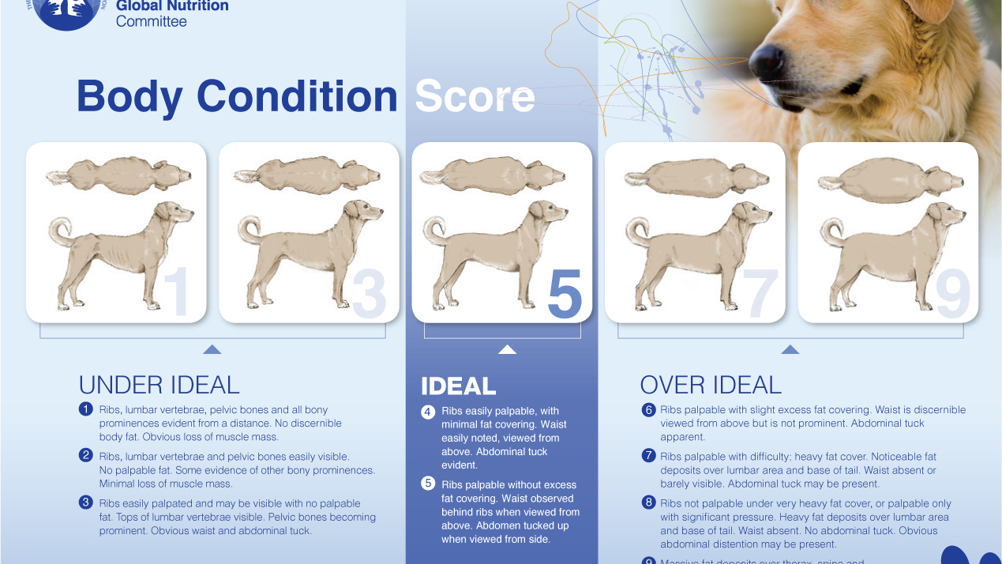References
A holistic approach to creating a nutrition plan for hospitalised inpatients

Abstract
Proper nutrition ensures adequate intakes of energy, protein, minerals and vitamins and it is essential for dogs and cats to ensure health and longevity. Veterinary nurses play a vital role in educating pet owners about nutrition as well as implementing the majority of nutritional support to hospitalised animals. As part of a holistic approach to delivering nutritional support, nutrition plans can be used successfully. This article will discuss and educate on how to implement and deliver this systematic approach using a basic nursing process of assessment, planning, implementation and evaluation to ensure an organised and more successful method is used to deliver nutritional support to inpatients.
Nursing a variety of patients may present different challenges for veterinary nurses (RVN). An important challenge that the RVN may face, may be understanding the nutritional requirements for that particular patient while hospitalised, specifically canines and felines. Orpet and Welsh (2011) specifically consider nutrition within their Ability Model nursing care plan assessment framework. A nutrition plan should not be overlooked and should be incorporated into the nursing care plan. It can be easier to notice if the patient is eating their required daily amount of food if a plan for nutrition is created. If the patient has not eaten then a change to the patient's care and treatment plan sometimes occurs, possibly including more investigations or diagnostic procedures to determine why the patient is inappetent. A systematic approach of using assessment, planning, implementation and evaluation (APIE) may be applied to every patient which creates a nursing care plan and a holistic approach to nursing.
Register now to continue reading
Thank you for visiting The Veterinary Nurse and reading some of our peer-reviewed content for veterinary professionals. To continue reading this article, please register today.

